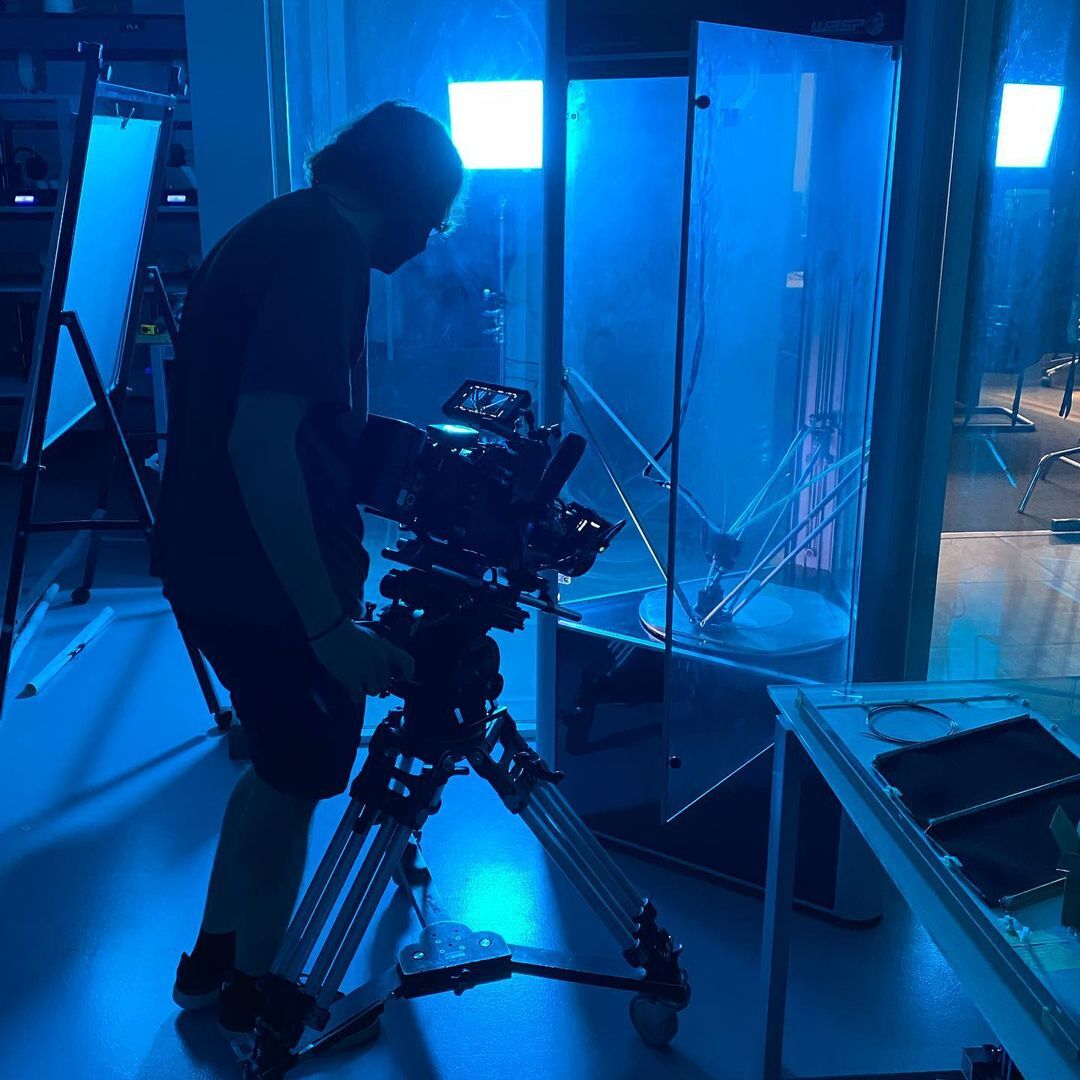How 3D printing is making manufacturing more future-ready

When it comes to discussing 3D printing for manufacturing, there are many different opinions pertaining to where the industry is heading, what the potential outcomes will be, and how it can be implemented.
One thing that everyone can agree on? It is going to majorly transform manufacturing as we know it. That’s because 3D printers facilitate a complexity in scale and product differentiation that has not otherwise been possible.
From rapid prototyping to a reduction in production costs, the elimination of material wastes, an increase in sustainability, and the widespread availability of manufacturing unique items, read on to discover how 3D printing is making manufacturing more future-ready.
1. 3D Printing Enables Rapid Prototyping.
In the future, as companies and individuals want to continue pushing their creative boundaries, 3D printing is going to play an integral role due to its contribution of rapid prototyping. This process is utilized in additive manufacturing to produce a model faster than any other means and is generally completed using 3D printing. Typically, rapid prototyping methods deliver better and more accurate finishes than 3D printing as the former uses more advanced precise part-accuracy technology.
Located in the industrial hub of Dubai, Proto21 is the leading Additive Manufacturer in the MENA region. After specializing in 3D printing for such a long time, we now have solutions for every stage of your product development cycle – no matter the industry. We are committed to spreading awareness of the benefits of 3D printing, while also accelerating its adoption by enterprises and individuals around the world. We seek to do this by offering rapid prototyping services with a free consultation and also hosting 3D printing training seminars.
2. 3D Printing Reduces Production Costs.
Due to the precise prototyping that transpires when using 3D printing, firms are quickly going to realize that they are not only operating more efficiently and increasing their supply chain capability, but also reducing their production costs. Having the capacity to promptly and reasonably generate prototypes empowers businesses to get creative, while the price allows them to be more lenient when it comes to managing trial and error.
As the cost of printing does not fluctuate, no matter how much is made, innovation in manufacturing will be cheaper and faster. Therefore, a company that migrates entirely to 3D printing will hit the breakeven point much faster than if they were to integrate different process technologies. The best 3D printing service provider will work diligently with you to ensure you are reducing your production costs while increasing your innovation levels.
3. 3D Printing Reduces Material Waste.
Sustainability is on everyone’s mind (and for good reason). Luckily, 3D printing is a much more sustainable manufacturing solution, which is another significant reason why it is making the industry more future-ready.
First, as 3D printing enables you to manufacture goods closer to the end user, it dramatically decreases the distances that items must be shipped which, in turn, creates far lower levels of carbon emissions.
Also, as 3D printing is additive manufacturing, instead of cutting away sections of a larger piece of material, you produce the good by adding material layer by layer. Therefore, there is no wasted material.
Decreasing the amount of resources needed has a positive environmental impact and also assists in reducing costs all around. However, it must be said that while it has substantial potential to help limit waste, it may also produce new recycling problems.
While there is still a long way to go in terms of the development of sustainable material options, at the moment, manufacturers utilizing 3D printers can select from several sustainable, recyclable, and environmentally friendly materials, as well as use many old products to create new ones using a 3D printer.
Progress in sustainability is also occurring in the other direction as additive manufacturing can be used to produce renewable energy sources (such as 3D printed solar cells).
4. 3D Printing Manufactures Unique Items.
The fact that 3D printing provides the ability to manufacture pretty much anything (anywhere and anytime) is undoubtedly appealing to many people around the world. By making manufacturing more accessible (both in terms of who can manufacture goods and what can be manufactured), 3D printing is welcomed by businesses, individuals, and frustrated inventors.
In a similar vein, generally, R&D departments often need prototypes, which then have to be created from molds or handcrafted. Obviously, this takes up a significant amount of time, and even more when creating one-off items or experimenting with unique designs.
However, this issue fades away when using 3D printed prototypes, giving everyone involved more time to spend focused on other things. More unusual items for less time and money? Now, that sounds like the future!
Does your company (or do you as an individual) use 3D printing or rapid prototyping? If so, what advantages or disadvantages have you seen in introducing this technology? If not, what is stopping you from seeing what it can do for you? Get in touch with our team to discover how our technologies can benefit your organization.














.svg)








